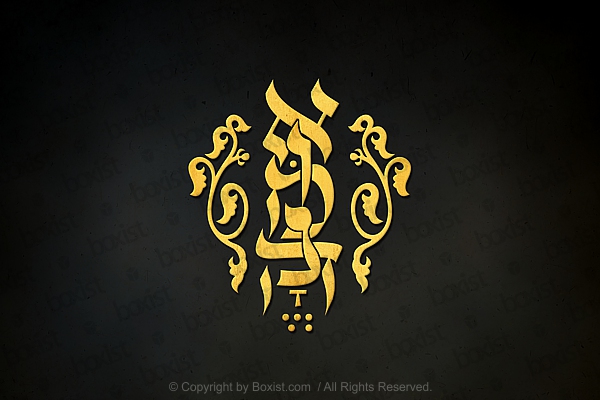Folio From Quran In Muhaqqaq And Naskh Script
Folio From Quran In Muhaqqaq And Naskh Script
An ancient folio from the Quran, beautifully adorned with intricate calligraphy in the Muhaqqaq and Naskh scripts. The folio is likely made of parchment or fine-quality paper, showing signs of age and wear, which adds to its historical significance. The ink used to write the calligraphy is dark and rich, contrasting beautifully against the off-white or yellowed background of the page. Given the ancient nature of the folio, we might notice signs of aging, including faded colors, smudges, or slight damage to the edges. These imperfections serve as a testament to the passage of time and the historical significance of the artifact.
Image ID#: 11407 / Category: Religion, Calligraphy / Price: 499$
PURCHASE A LICENSE
Get a License & Immediate Download: This image is available under our Comprehensive All-Inclusive Rights-Managed License, suitable for personal, non-profit, educational, business and commercial use.
| Size | Price | Buy |
|---|---|---|
| Original size | 499.00 |
Original file max size / Image type and details:
High quality JPG: 5616x3744 Pixels / File size: 8.59 Mb.
Available in up to 12,000 x 8,000 pixels (125 x 83.3 inches) at 300 DPI upon request.
License type: All-Inclusive Rights-Managed License.
License duration: Usage rights for a period of 1 Year from the date of purchase.
ancient arabic art belief book culture decoration decorative devoted faith floral holy islam islamic koran learn muslim old page painting paragraph patterns pray prayer quran reading religion religious tazhib worship
Please note: While we strive to provide accurate descriptions for our images, please be aware that some descriptions may not be entirely accurate. Images may depict events, figures, symbols and descriptions may reflect the societal norms of their time, but may not align with current understanding as they are presented within their respective cultural or historical context.
© Copyright Notice: This image is the exclusive property of Boxist.com Photography (Photographer: Sam Mugraby), and is protected by copyright law. Unauthorized use of these images is prohibited. We reserve the right to pursue unauthorized users and to seek damages for copyright infringement.






